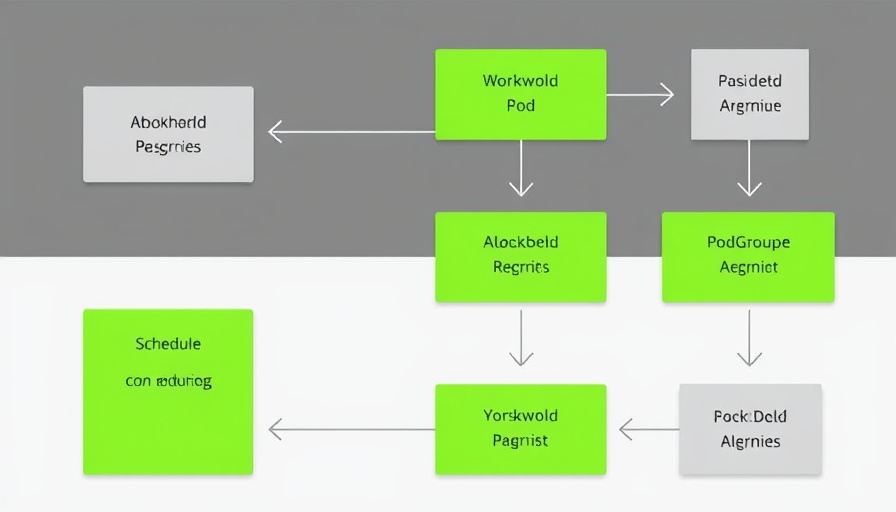
What to Anticipate in the Coming Week: Federal Reserve, Housing Market, and Technology Innovations
As we move into the first quarter of 2025, a confluence of significant events and data releases is poised to shape market sentiment and economic outlooks. This week, noteworthy occurrences include the Federal Reserve's crucial monetary policy meeting, housing start reports, and the much-anticipated Nvidia GTC event, promising revelations in the tech industry.
Understanding the Federal Reserve's Position
The upcoming Federal Reserve meeting is expected to be particularly pivotal, as markets closely monitor Jerome Powell's remarks on monetary policy direction. With inflation persistent and economic conditions complex, the Fed faces pressure to balance rate hikes while fostering economic growth. Experts suggest that signals regarding future interest rate plans will significantly influence consumer confidence and investment strategies.
Logan Mohtashami, in his analysis, indicates that the Fed's stance following this meeting could lead to fluctuations in mortgage rates. Any indication that rates will remain higher for longer may suppress housing market activity, exacerbating existing trends of affordability issues and stagnation in home sales.
Housing Market Dynamics: Key Indicators to Track
Concurrently, the release of new housing start data will provide insights into construction activity and housing availability, critical factors for an industry struggling with inventory challenges. The J.P. Morgan outlook predicts a cautious growth trajectory for home prices, with a modest rise of about 3% projected for 2025.
Amid high interest rates, the housing sector remains tepid, primarily due to the lock-in effect where current homeowners hesitate to sell and move, for fear of losing favorable mortgage terms. This dynamic adds pressure to an already constrained market and highlights the ongoing struggle between supply and demand in real estate.
Nvidia GTC: The Future of Technology Unfolded
On the technology front, Nvidia’s GPU Technology Conference (GTC) promises to unveil cutting-edge advancements in AI and machine learning. This event should not be overlooked by AI enthusiasts and tech investors. With a focus on AI-driven innovations—including the company’s initiatives in deep learning—Nvidia is set to showcase how its technology can drive efficiencies across various sectors.
For AI enthusiasts, announcements around new capabilities in generative AI and AI-powered tools will signal potential market shifts and investment opportunities. The integration of advanced AI technologies into everyday applications stands to transform industries, sparking interest from both enthusiasts and venture capitalists.
The Intersection of Housing Policies and Technological Advancements
As these events unfold, it becomes vital to consider how housing policies, influenced by economic factors discussed in the Fed meeting, may intersect with advancements in technology heralded by Nvidia. Changes in lending rates driven by the Fed’s decisions could affect technological adoption in housing, particularly with smart home technologies powering new constructions.
Additionally, innovations such as AI in real estate market analysis could impact how homes are valued and marketed, making it crucial for stakeholders in both sectors to stay informed on these developments.
Future Trends: Economic and Tech Insights
Looking ahead, potential policy shifts, driven by the outcomes of these key events, may create a ripple effect across the housing market and technology sectors. For AI enthusiasts, understanding the economic landscape and Fed's decisions could help in foreseeing trends within the tech industry that may emerge in response to these developments.
With these elements at play, both sectors may experience transformation informed by the convergence of economic realities and technological advancements. Keeping a pulse on these discussions will be essential for those looking to navigate the overlapping worlds of finance, housing, and technology.
As the week unfolds, stay tuned for developments that could reshape your understanding of the market. Educate yourself on potential fluctuations in mortgage rates and emerging tech trends, as they are vital for making informed decisions in real estate and technology investments.
 Add Row
Add Row  Add
Add 




 Add Row
Add Row  Add
Add 

Write A Comment